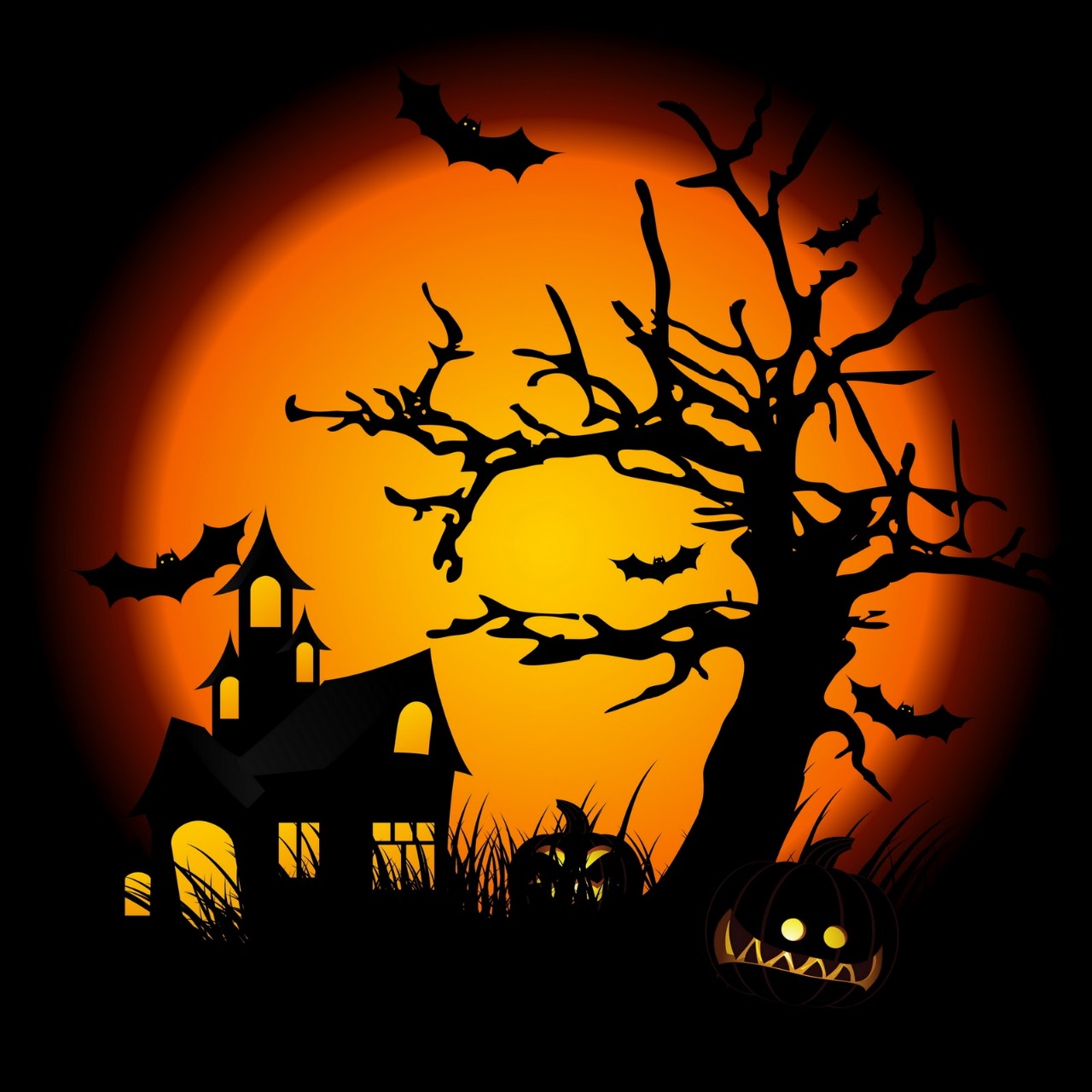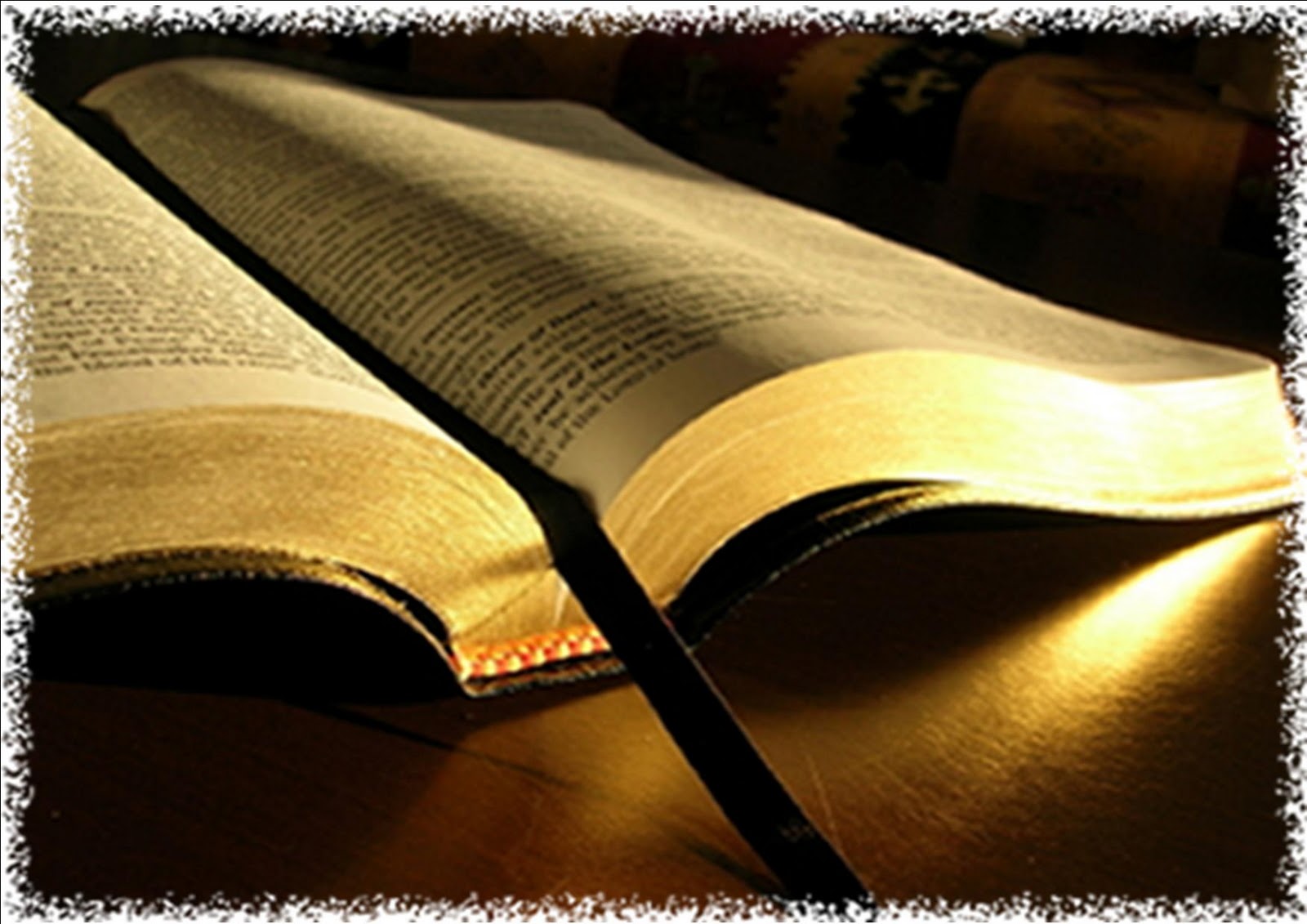
Seriously
Halloween
10/17/2013 23:10
 With all the information and commercials driving children crazy with anticipation of free candy in their orange buckets while they are dressed as one of their favorite characters or something to scare the daylights out of someone, I thought I would take a look and the real meaning of Halloween.
With all the information and commercials driving children crazy with anticipation of free candy in their orange buckets while they are dressed as one of their favorite characters or something to scare the daylights out of someone, I thought I would take a look and the real meaning of Halloween.
One source of information states the name Halloween (originally spelled Hallowe'en) is a contraction of All Hallows Even, meaning the day before All Hallows Day (better known today as Ass Saints Day) a Catholic holiday commemorating Christian saints and martyrs observed since the early Middle Ages on November 1, a far cry from what is now know as Halloween, which has nothing do with Saints and/or Christians.
Peter Tokofsky an assistant professor in the department of folklore and mythology in UCLA states, “The earliest trace of Halloween as the Celtic festival, Samhain, which was the Celtic New Year. It was the day of the dead, and they believed the souls of the deceased would be available” (Navarro). Available for what is my question?
Samhain - (pronounced /ˈsɑːwɪn/ sah-win or /ˈsaʊ.ɪn/ sow-in) is a Gaelic festival marking the end of the harvest season and the beginning of winter or the "darker half" of the year. It is celebrated from sunset on 31 October to sunset on 1 November, which is nearly halfway between the autumn equinox and the winter solstice. Along with Imbolc, Beltane and Lughnasadh it makes up the four Gaelic seasonal festivals. It was observed in Ireland, Scotland and the Isle of Man. Kindred festivals were held at the same time of year in other Celtic lands; for example theBrythonic Calan Gaeaf (in Wales), Kalan Gwav (in Cornwall) and Kalan Goañv (in Brittany) according to Wikipedia.
The festival would frequently involve bonfires. It is believed that the fires attracted insects to the area which attracted bats to the area. These are additional attributes of the history of Halloween. Masks and costumes were worn in an attempt to mimic the evil spirits or appease them. Trick-or-treating, is an activity for children on or around Halloween in which they proceed from house to house in costumes, asking for treats such as confectionery with the question, "Trick or treat?" The "trick" part of "trick or treat" is a threat to play a trick on the homeowner or his property if no treat is given. Trick-or-treating is one of the main traditions of Halloween. It has become socially expected that if one lives in a neighborhood with children one should purchase treats in preparation for trick-or-treaters.
Another part of the Halloween history is the practice of Christmas wassailing. Trick or treating resembles the late medieval practice of “souling”, when poor people would go door to door on Hallowmas receiving food in return for prayers for the dead on All Souls Day. National attention to this holiday was established in October 1947 in the Jack and Hill children’s magazine. Additionally Halloween were on the radio program such as “The Baby Snooks, The Jack Benny Show, The Adventures of Ozzie and Harriet. This custom was further solidified not only by American participation but when Walt Disney portrayed it in the carton Trick or Treat. Furthermore, United Nations Children’s Fund more commonly known as (UNICEF) – which is an organization mandated by the United Nations General Assembly to advocate for the protection of children’s rights, to help meet their most basic needs and to expand their opportunities to reach their full potential, (UNICEF’S mission statement). conducted a national campaign to raise funds for charity while trick or treating.
The dark side of Halloween the macabre sector, in a book titled “Halloween by Paula Guran) speaks to a festival of fantasy dealing with magic and mystery. A time when the bizarre gets to reap its benefits for unsuspecting little children and those that delve into the dark side of evil and trickery. The writer supposes to state that events that mark the supernatural and death are common in most cultures, which is possibly true and she further goes on to describe the celebration of the “Wag”. The Wag event was held around the first of the month with colorful processions, music and offerings of food to the dead.
Guran goes on to describe, “Early Christian missionaries intentionally identified contact with the supernatural as experiences originating with the Devil and inherently evil. The Druids, since they adhered to “false gods” were, therefore, worshippers of Satan. Later religious prejudice also lumped pagans in with Satan-worship and the resulting misinformation has been further propitiated. (For that matter, as we shall see, animosity between Catholics and Protestants resulted in the alteration of some Halloween lore.)” As with other pre-Christian practices, Samhain was eventually absorbed by the Church. In AD 609 or 610, May 13 was designated as a day to honor the Virgin Mary and the martyred saints. In the eighth century, Pope Gregory III (731-741) fixed November 1 as the anniversary for all saints (including the martyrs). October 31 became All Hallows’ Eve [Hallowmas or Halloween], the evening before All Hallows Day [All Saints Day] on November 1. (The word “hallow” was used in the Middle Ages as a synonym for “saint.”) Gregory IV (827-844) extended the celebration of All Hallows Day to the entire Church according to the writer.
 Without going off on another tangent about what it meant to be considered a Christian 609 years after the death of Jesus Christ allow me say a few word from I read in the King James Bible:
Without going off on another tangent about what it meant to be considered a Christian 609 years after the death of Jesus Christ allow me say a few word from I read in the King James Bible:
ü And have no fellowship with the unfruitful works of darkness, but rather teprove [them] Ephesians 5:11.
ü Ye cannot drink the cup of the Lord, and the cup of devils: ye cannot be partakers of the Lord’s table, and of the table of devils, 1 Cor 10:21
ü Train up a child in the way he should go: and when he is old, he will not depart from it, Proverbs 22:6.
I would like to pose a two part question, are your children still participating in Halloween and/or do they participate in Halloween at the church?
Tags:
—————
